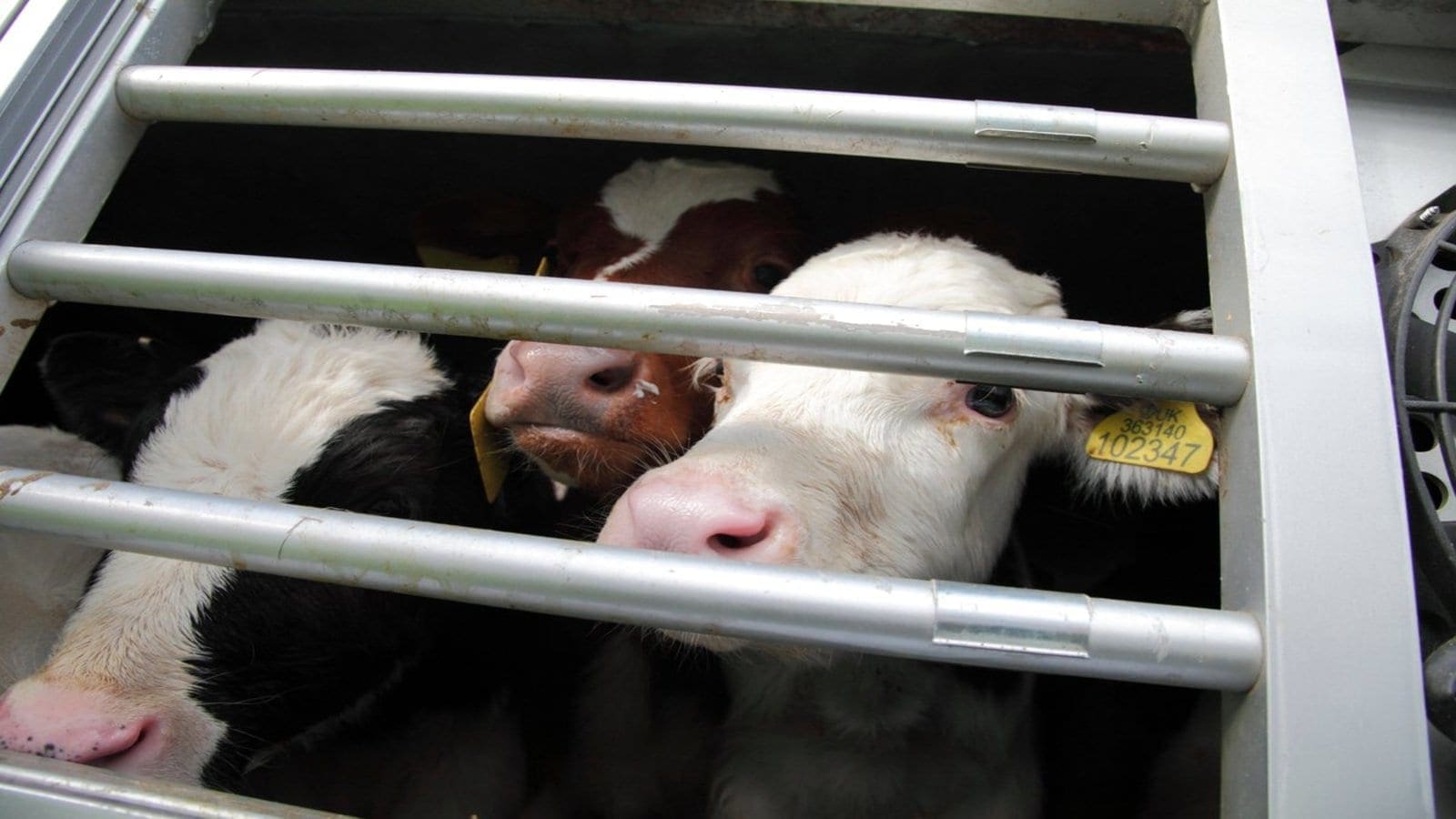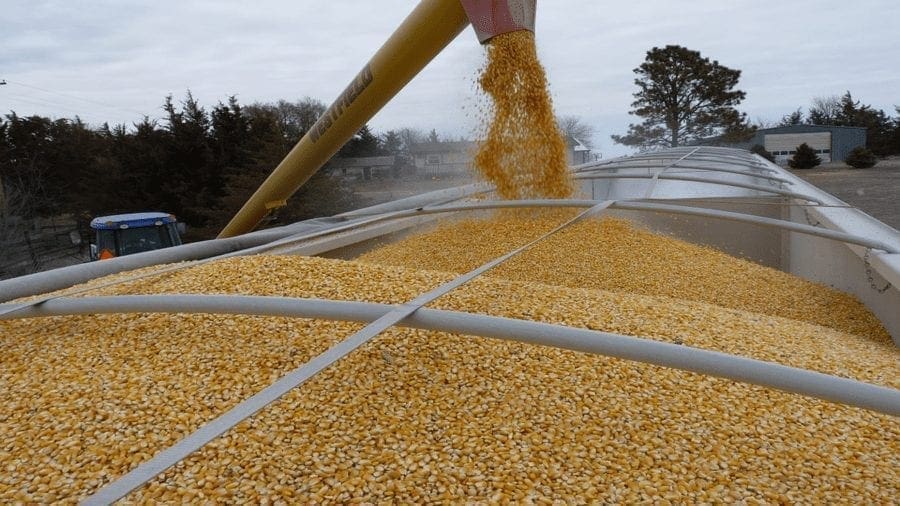USA – The U.S. Department of Agriculture (USDA), the U.S. Environmental Protection Agency (EPA), and the U.S. Food and Drug Administration (FDA) have announced a new inter-agency strategy to address food waste.
This collaborative effort is part of the Trump Administration’s Winning on Reducing Food Waste Month which looks to see success of the agricultural sector in feeding the world by reducing amount of food going to waste.
The presidential message from president Trump has acknowledged the month of April as “Winning on Reducing Food Waste Month” and encouraging public action and participation from all sectors.
The new strategy prioritizes six key action areas, such as improving consumer education and food labeling, that will help to maximize the value of food resources.
According to FDA, confusion over date labeling on food packages has significantly contributed to food waste, contrary to its intention to communicate time ranges for optimal food quality.
FDA Deputy Commissioner Frank Yiannas revealed that more than one-third of all available food uneaten goes through waste or loss and 1 in 6 Americans suffers a foodborne illness each year.
Regarding unnecessary food discarding in fear of food safety issues, FDA said it is taking steps to make date labeling on foods clearer and easier for consumers to determine when a food should be discarded.
“Our nation’s agricultural abundance should be used to nourish those in need, not fill the trash,” said U.S. Agriculture Secretary Sonny Perdue.
“As the world’s population continues to grow to nearly 10 billion people by 2050 and the food systems continue to evolve, now is the time for action to educate consumers and businesses alike on the need for food waste reduction.
“I look forward to what the future holds on this initiative and how we can work together to change the hearts and minds of Americans to reduce food waste.”
Joint efforts
The three partners have identified specific community efforts to reduce food waste and additional support needed to advance state, tribal, and local initiatives.
The six key priority areas the agencies will work together on over the next year include:
- Enhance Inter-agency Coordination
- Increase Consumer Education and Outreach Efforts
- Improve Coordination and Guidance on Food Loss and Waste Measurement
- Clarify and Communicate Information on Food Safety, Food Date Labels, and Food Donations
- Collaborate with Private Industry to Reduce Food Loss and Waste Across the Supply Chain
- Encourage Food Waste Reduction by Federal Agencies in their Respective Facilities
The agencies also announced a joint agreement signed with ReFED, Inc., a non-profit, data-driven guide for reducing food waste at scale to better evaluate and improve upon strategies to reduce food loss and waste.
“With the release of this important interagency strategy, the Trump Administration continues to advance its efforts to reduce food waste and redirect excess food away from landfills and instead use it to feed communities and fuel our economy,” said EPA Administrator Andrew Wheeler.
“The new strategy prioritizes six key action areas, such as improving consumer education and food labeling, that will help us maximize the value of our food resources.
“Today’s event brought together key federal, state, and private partners to further collaboration on innovative food waste solutions.”
The move compliments the formal agreement signed by all three federal agencies in 2018 to reduce food loss and waste through combined and agency-specific action.
These actions include research, community investments, education and outreach, voluntary programs, public-private partnerships, tool development, technical assistance, event participation, and policy discussion.
More than one-third of all available food goes uneaten through loss or waste in the United States.










